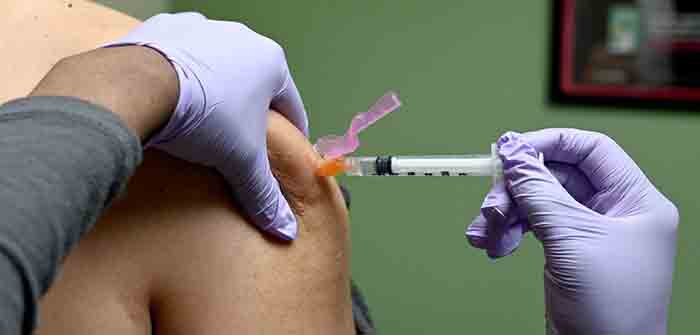
by Patricia Harrity at The Daily Expose
Global populations were led to believe that high COVID-19 vaccination rates would reduce transmission of SARS-CoV-2 by reducing the number of possible sources for transmission and thereby reducing the burden of COVID-19 disease.
Recent data, however, indicate that the epidemiological relevance of COVID-19 vaccinated individuals are increasing, and the author of a new peer-reviewed study published in The Lancet (Nov 2021), has argued that “many decision-makers assume that the vaccinated can be excluded as a source of transmission”(source)
They add, “It appears to be grossly negligent to ignore the vaccinated population as a possible and relevant source of transmission when deciding about public health control measures”.
UK Study
Arriving at their conclusion, the authors examine published studies and first of all cite a study in the UK, published on October, 29th 2021. The researcher in that paper found secondary attack rates among household contacts exposed to fully vaccinated cases were similar to household contacts exposed to unvaccinated index cases (25% for vaccinated vs 23% for unvaccinated).
They reported that 12 out of 31 infections in fully vaccinated household contacts (39%) arose from fully vaccinated epidemiologically linked index cases. Fully vaccinated individuals with what is now being termed as “breakthrough infections” have peak viral load similar to unvaccinated cases and can efficiently transmit infection in household settings, including to other fully vaccinated contacts (source).
Breakthrough infection, which is the reason given for viral load similarities in the vaccinated and unvaccinated, is a case of illness in which a vaccinated individual becomes sick from the same illness that the vaccine is meant to prevent. Simply put, they occur when vaccines fail to provide immunity against the pathogen they are designed to target.
German Study…
Continue Reading